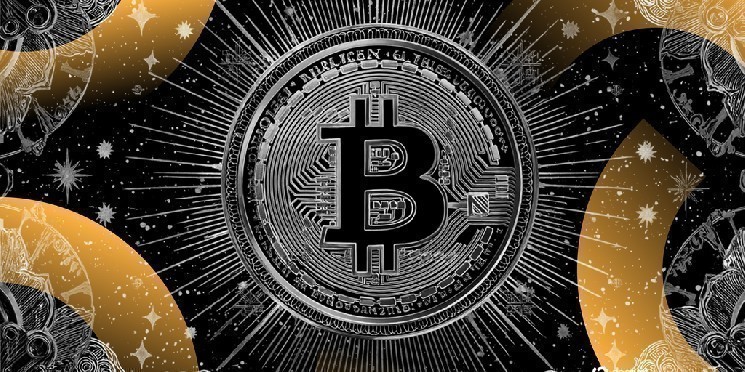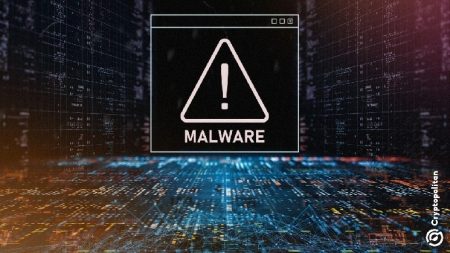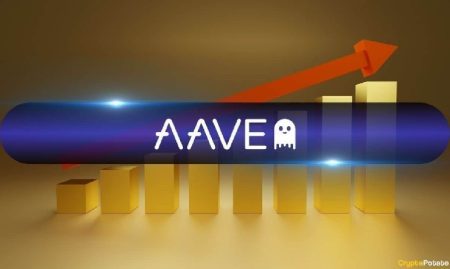Bitcoin Core v30 Update Ignites Fundamental Debate Over Network’s Purpose and Future
The October Crossroads: How a Technical Update Reopened Bitcoin’s Identity Crisis
As Bitcoin approaches a critical juncture with its Core v30 software update scheduled for October 2025, the cryptocurrency community finds itself embroiled in a fundamental debate that transcends mere technical specifications. At the heart of this controversy lies a seemingly straightforward change: expanding the OP_RETURN limit to allow transactions to carry substantially larger amounts of non-payment data. Yet this modification has reignited longstanding questions about Bitcoin’s core purpose and the boundaries of what should be permitted on its blockchain.
The OP_RETURN feature enables users to attach supplementary data to transactions—ranging from messages and proofs to entire files—without affecting spendable coins. This data becomes permanently embedded in Bitcoin’s blockchain, creating an immutable record. Proponents argue this expansion offers a cleaner, more efficient method for users to include additional data without compromising the network’s functionality, as these additions remain provably unspendable. However, critics contend this change potentially transforms Bitcoin from its original vision as a peer-to-peer electronic cash system into a general-purpose data storage platform, raising serious concerns about network bloat, illegal content, and mission drift.
Historical Context and Polarized Perspectives
The debate surrounding OP_RETURN’s function is far from new. According to documentation from BitMEX Research, discussions about Bitcoin’s role in storing non-financial data date back to at least 2010 on the BitcoinTalk forum. As Bitcoin’s adoption has grown, so too has the intensity of disagreement between those who envision the network as strictly financial and those who see broader applications for its immutable ledger.
Luke Dashjr, lead maintainer of Bitcoin Knots—a fork of Bitcoin Core offering stricter policy defaults—represents the conservative position in this debate. Dashjr has consistently advocated for more restrictive relay rules, classifying non-financial data as “spam” and pushing for filtering mechanisms to minimize what he perceives as misuse of block space. In stark contrast, figures like Blockstream CEO Adam Back warn that introducing any form of content moderation or selective filtering establishes a dangerous precedent that could undermine Bitcoin’s censorship resistance—a quality many consider essential to its long-term survival and value proposition.
The controversy intensified in May when allegations emerged suggesting the OP_RETURN limit increase was being driven by specific projects positioned to benefit from the changes. At least one leaked email implicated Jameson Lopp, chief security officer at Bitcoin custody firm Casa, though Lopp promptly denied these allegations. This has added another layer of complexity to an already contentious issue, raising questions about potential conflicts of interest in Bitcoin’s development process.
Legal Implications and Technical Realities
Andrew M. Bailey, professor of philosophy at the National University of Singapore and senior fellow at the Bitcoin Policy Institute, offers perspective on the situation: “Since ‘bad transactions’ and ‘bad arbitrary data’ have been hosted by Bitcoin for over a decade now, I see few new questions here, moral or otherwise.” However, Bailey acknowledges that the legal landscape remains uncertain, particularly regarding whether protections like Section 230 would shield node operators from liability for hosting potentially harmful content.
The expansion of OP_RETURN limits also raises nuanced questions about differential legal liability based on how and where data is stored within Bitcoin transactions. Bailey notes that the relay policies implemented by individual node operators will likely have minimal impact on which transactions ultimately get included in blocks and what arbitrary data becomes permanently recorded on the blockchain. This highlights a critical disconnect between the heated rhetoric surrounding the debate and the practical realities of Bitcoin’s decentralized architecture.
Pseudonymous developer Leonidas, creator of the Bitcoin-native meme coin DOG, frames the conflict in starker terms, accusing the Bitcoin Knots community of attempting to “censor Ordinals and Runes transactions from the Bitcoin network.” Leonidas further alleges that Dashjr has recently reframed the conversation around child sexual abuse material on the blockchain to “manufacture a moral panic and smear anyone who stands in his way”—an accusation that underscores the increasingly personal nature of this technical dispute.
The Immutability Question and Path Forward
“The reality is that this data cannot be removed from Bitcoin, no matter what the anti-Core group says,” emphasizes Erin Redwing, CEO of Ordinals-based events firm Inscribing Atlantis. This statement cuts to the heart of a critical technical reality: once data is recorded on Bitcoin’s blockchain, it remains there permanently. While miners can exercise discretion over which transactions to include in new blocks, they cannot retroactively remove information already embedded in the blockchain’s history.
Lorenzo, a core contributor to Fractal and founder of UniSat Wallet, offers a perspective that attempts to bridge the divide: “Efforts to preserve and maintain Bitcoin’s immutable nature are entirely reasonable.” He articulates what many in the cryptocurrency space consider Bitcoin’s fundamental value proposition: “We see blockchains as reliable carriers of trust, built on cryptographic algorithms. It is precisely this trust in mathematics—rather than in human discretion—that has allowed such systems to develop long-term value.”
As the October 2025 implementation date approaches, the Bitcoin community finds itself at a philosophical crossroads that extends far beyond the technical parameters of OP_RETURN. This debate encapsulates broader questions about governance, censorship resistance, and the very nature of decentralized systems. While Core v30 will introduce concrete changes to Bitcoin’s functionality, the conversation it has sparked may prove even more significant—forcing stakeholders to confront fundamental questions about what Bitcoin is and what it should become. As with previous controversies in Bitcoin’s history, the resolution of this debate will likely shape not just the network’s technical architecture but its cultural and social dimensions for years to come.














